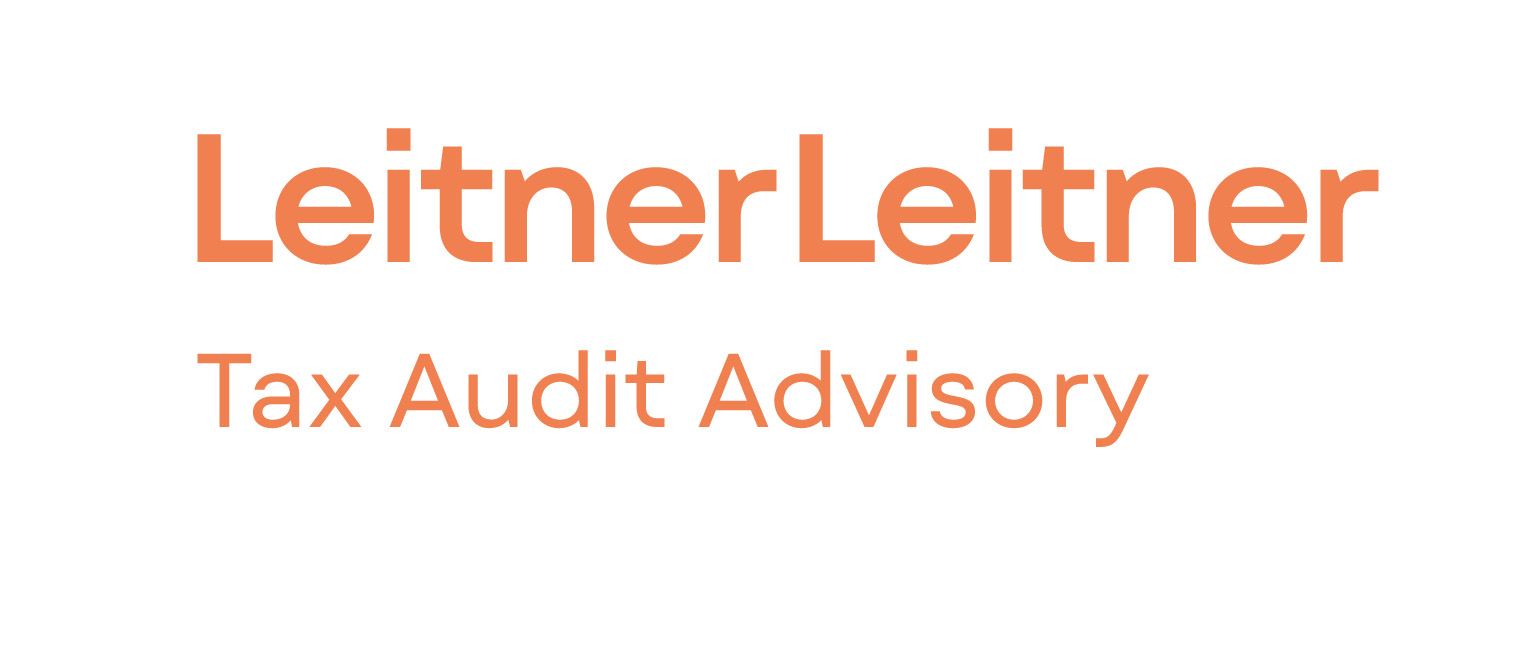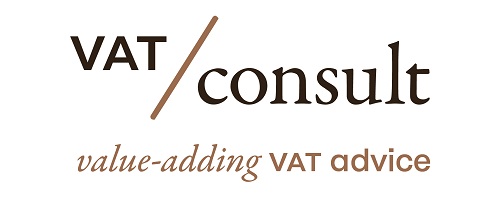Normally, the entrepreneur who provides a service or supplies a good is the one who owes the VAT. However, the EU VAT Directive has various reverse charge mechanisms ( Articles 194 to 199ter and 202 EU VAT Directive ). The levy of VAT is then transferred to the buyer of the good or service. If the reverse charge mechanism applies, the supplier or service provider may not charge VAT. The customer must declare the VAT due and may or may not deduct it, depending on the use of the good or service. The levy of VAT is not shifted to a private individual. However, it is possible that the levy is transferred to a legal entity that is not an entrepreneur.
Source Taxence
Latest Posts in "European Union"
- Commission proposes plan to protect EU steel industry from unfair impacts of global overcapacity
- European Commission Reviews EU Member States’ Use of VAT Rate Derogations
- Comments on ECJ C-535/24 (Svilosa) – VAT Deduction on Recovery Actions Not Considered Taxable Service
- CJEU Case C-726/23: Arcomet Towercranes Decision Clarifies Intra-Group VAT and Transfer Pricing Rules
- EU and Morocco reach agreement to extend preferential tariff treatment to Western Sahara














